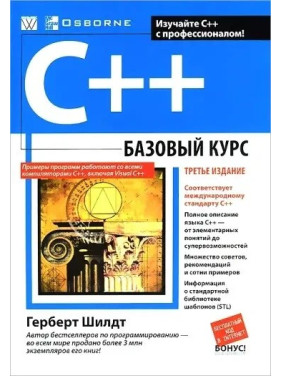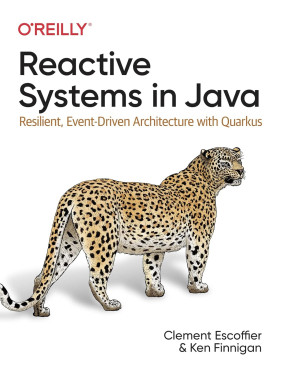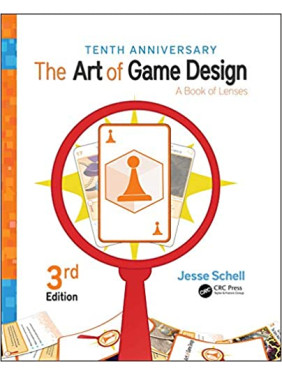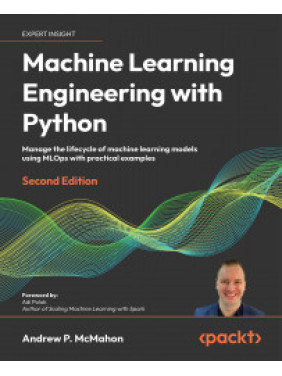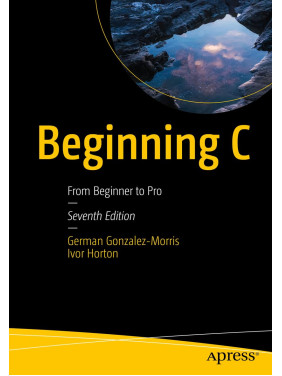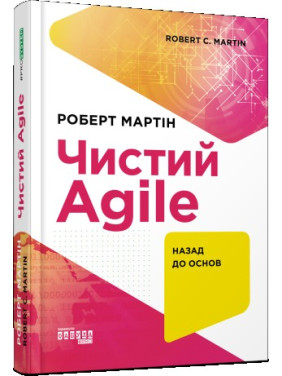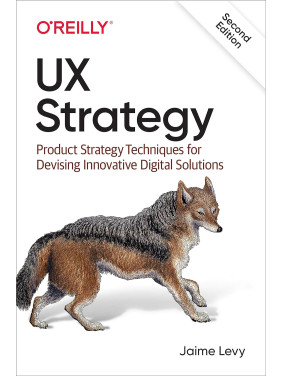Effective Software Testing: A developer’s guide. Mauricio Aniche
In Effective Software Testing you will learn how to:
Engineer tests with a much higher chance of finding bugs
Read code coverage metrics and use them to improve your test suite
Understand when to use unit tests, integration tests, and system tests
Use mocks and stubs to simplify your unit testing
Think of pre-conditions, post-conditions, invariants, and contracts
Implement property-based tests
Utilize coding practices like dependency injection and hexagonal architecture that make your software easier to test
Write good and maintainable test code
Effective Software Testing teaches you a systematic approach to software testing that will ensure the quality of your code. It’s full of techniques drawn from proven research in software engineering, and each chapter puts a new technique into practice. Follow the real-world use cases and detailed code samples, and you’ll soon be engineering tests that find bugs in edge cases and parts of code you’d never think of testing! Along the way, you’ll develop an intuition for testing that can save years of learning by trial and error.
About the technology
Effective testing ensures that you’ll deliver quality software. For software engineers, testing is a key part of the development process. Mastering specification-based testing, boundary testing, structural testing, and other core strategies is essential to writing good tests and catching bugs before they hit production.
About the book
Effective Software Testing is a hands-on guide to creating bug-free software. Written for developers, it guides you through all the different types of testing, from single units up to entire components. You’ll also learn how to engineer code that facilitates testing and how to write easy-to-maintain test code. Offering a thorough, systematic approach, this book includes annotated source code samples, realistic scenarios, and reasoned explanations.
What’s inside
Design rigorous test suites that actually find bugs
When to use unit tests, integration tests, and system tests
Pre-and post-conditions, invariants, contracts, and property-based tests
Design systems that are test-friendly
Test code best practices and test smells
About the reader
The Java-based examples illustrate concepts you can use for any object-oriented language.
About the author
Dr. Maurício Aniche is the Tech Academy Lead at Adyen and an Assistant Professor in Software Engineering at the Delft University of Technology.
Table of Contents
1 Effective and systematic software testing
2 Specification-based testing
3 Structural testing and code coverage
4 Designing contracts
5 Property-based testing
6 Test doubles and mocks
7 Designing for testability
8 Test-driven development
9 Writing larger tests
10 Test code quality
11 Wrapping up the book
| Информация о книге | |
| Язык издания | Английский |
| Вид переплета | Мягкий |
| Состояние | Новое |


